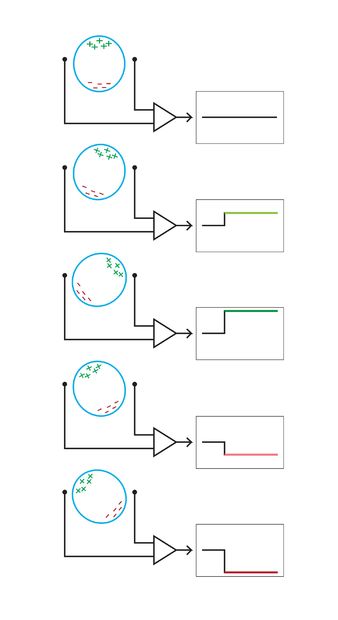First of all I'm not a medical student so I may miss some points here.
I know that EOG (electro-oculography) works on the corneo-retinal dipole. The cornea (front of eye) is slightly positively charged and the retina (back of eye) is slightly negatively charged. When I apply electrodes on the temples and ground circuit to my forehead (helps to stabilize readings and get rid of some 60Hz interference).
So I used that(I wrote a program) to read these signals and control some thing by moving my eyes, and follow the signals change according to my eyes movement.
Now my program can read this simple electrecity signals and convert it in order to control something else.
But this doesn't make much sense, I need to make it more understandable, for example I'm wondering if there someway to read alphabets the person thought about and receive a unique signal for it, and I mean by (someway) not just through eyes maybe with brain waves or something else I don't know about it.
